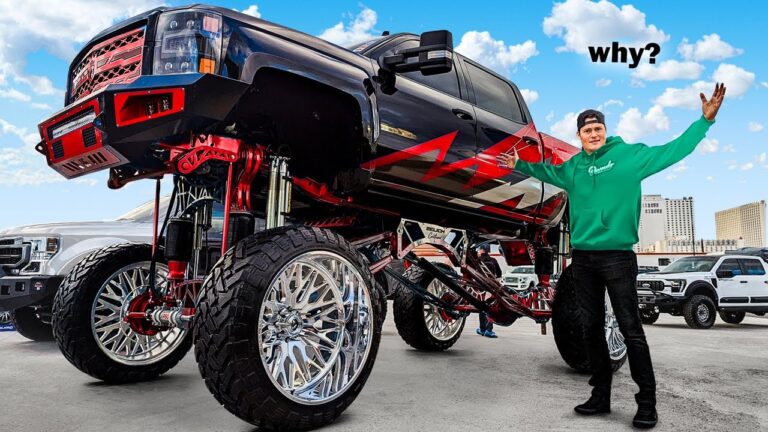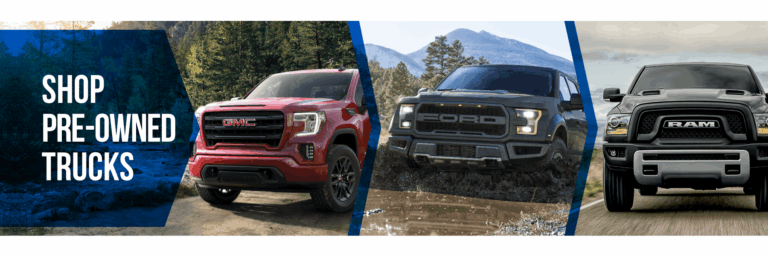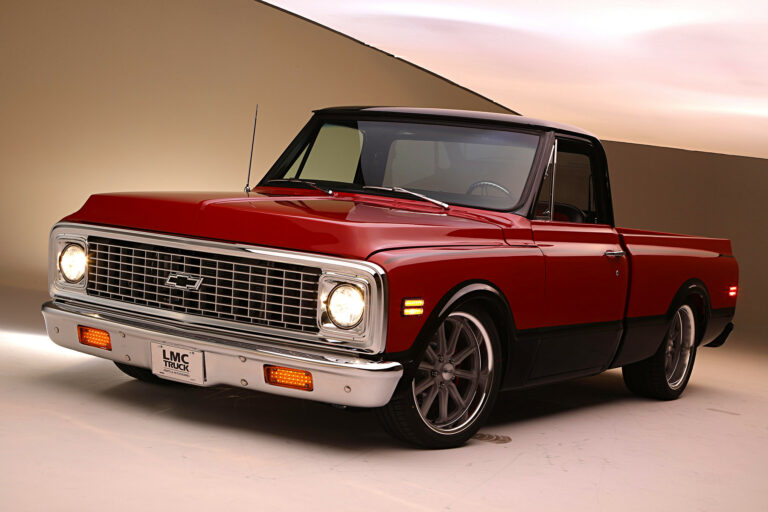How To Measure For A Truck Canopy: Your Ultimate Guide to a Perfect Fit
How To Measure For A Truck Canopy: Your Ultimate Guide to a Perfect Fit cars.truckstrend.com
A truck canopy, also known as a truck cap or topper, is an invaluable addition for many truck owners. It transforms your open truck bed into a secure, weather-protected, and versatile storage space, offering benefits from enhanced cargo security and improved fuel efficiency to increased aesthetic appeal. However, the success of this investment hinges entirely on one critical factor: accurate measurement. An ill-fitting canopy can lead to a host of problems, including compromised protection, reduced aesthetics, potential damage to your truck, and the significant financial burden of returns or reorders.
This comprehensive guide will walk you through everything you need to know about how to measure for a truck canopy, ensuring you get a snug, functional, and aesthetically pleasing fit the first time around. We’ll cover the essential tools, key dimensions, a step-by-step measurement process, common pitfalls to avoid, and practical tips to guarantee success.
How To Measure For A Truck Canopy: Your Ultimate Guide to a Perfect Fit
Why Accurate Measurement is Non-Negotiable
Before diving into the "how-to," it’s crucial to understand why precision in measurement is paramount.
- Perfect Fit and Aesthetics: A canopy designed to fit your truck’s exact dimensions will look like an integrated part of the vehicle, enhancing its overall appearance. An ill-fitting canopy, conversely, can look awkward, disproportionate, and detract from your truck’s appeal.
- Optimal Protection: The primary function of a truck canopy is to protect your cargo from the elements (rain, snow, sun) and theft. A precise fit ensures tight seals, preventing water intrusion and making it difficult for unauthorized access. Gaps or misalignments can compromise this protection, leaving your valuables vulnerable.
- Enhanced Security: With a properly fitted and locked canopy, your tools, gear, and personal belongings are secure, offering peace of mind whether you’re parked at a job site or on a road trip.
- Improved Fuel Efficiency: While often overlooked, a well-designed and properly fitted canopy can actually improve your truck’s aerodynamics by smoothing airflow over the bed, potentially leading to a slight increase in fuel economy. An ill-fitting or poorly sealed canopy might negate this benefit.
- Avoid Costly Errors: Ordering the wrong size canopy can lead to significant expenses, including restocking fees, return shipping costs for a large, heavy item, and the delay in getting the correct canopy. Investing a little time in accurate measurement upfront saves you a lot of money and frustration down the line.
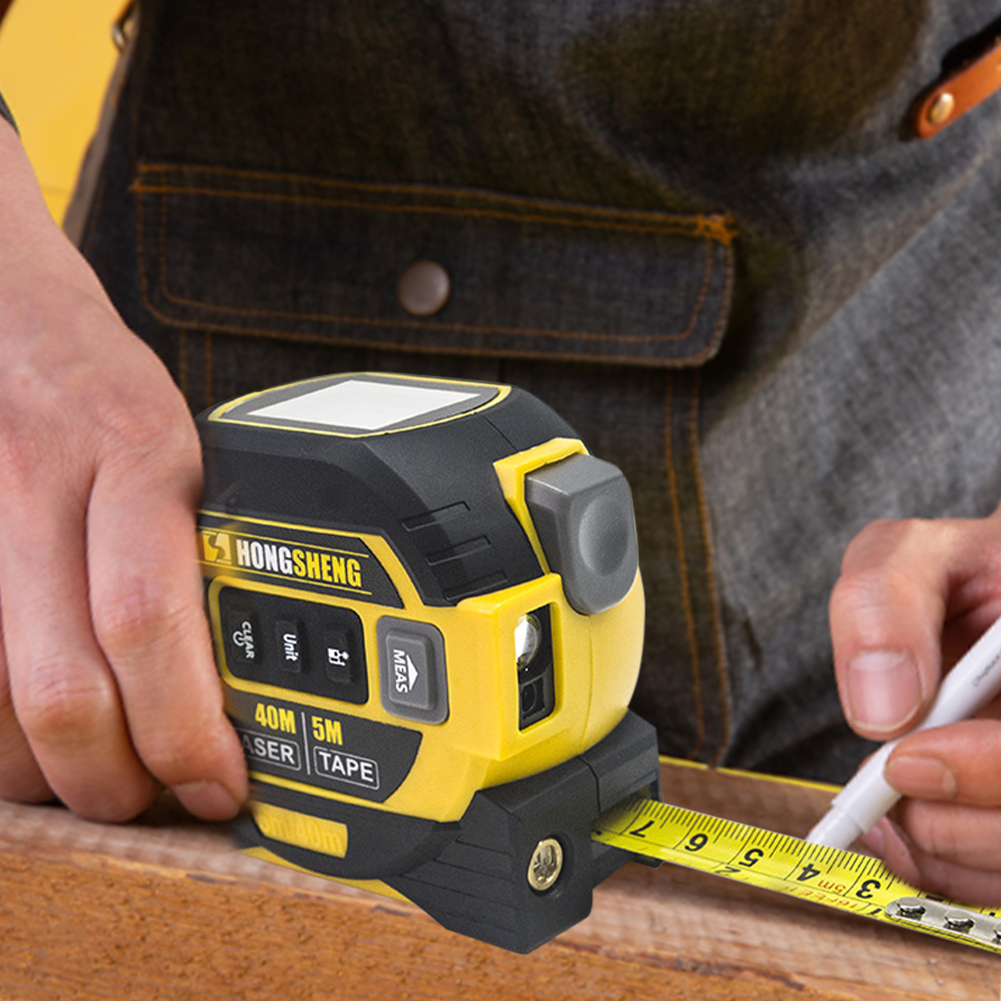
Essential Tools for Precise Measurement
To ensure accuracy, gather these simple yet critical tools before you begin:
- High-Quality Steel Tape Measure: A 25-foot or 30-foot steel tape measure is ideal. Avoid flimsy fabric tapes, as they can stretch and lead to inaccurate readings. Ensure the tape measure is clearly legible and in good condition.
- Pen and Paper/Notepad: For meticulously recording your measurements. It’s wise to draw a simple diagram of your truck bed and label the measurements clearly.
- Straight Edge or Level (Optional but Recommended): A long ruler or a level can help ensure your measurements are perfectly straight across the bed, especially for width.
- Flashlight: Useful for illuminating dark corners or crevices within the truck bed, ensuring you don’t miss any obstructions or critical points.
- Helper: An extra set of hands can make a significant difference, especially when measuring the length and width of the bed. They can hold the tape measure steady at one end while you read the measurement at the other.

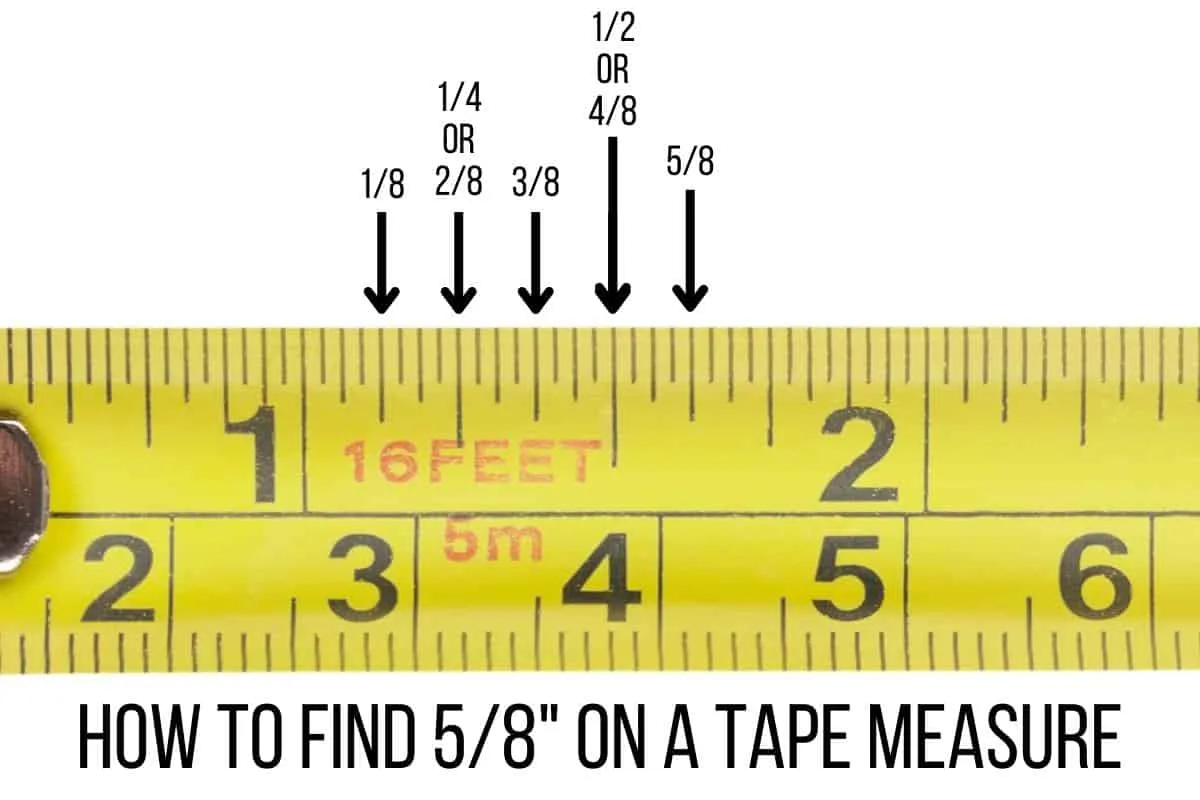
Key Measurements You Need to Take
When measuring for a truck canopy, there are three primary dimensions you’ll need to capture accurately:
- Bed Length: This is the most crucial measurement. It’s the inside length of your truck bed, from the bulkhead (the wall closest to the cab) to the inside of the tailgate.
- Bed Width: While often standardized for specific truck models, it’s vital to measure the width at multiple points to account for any subtle tapering or inconsistencies.
- Cab Height (for Cab-High Canopies): If you’re opting for a cab-high canopy (one that aligns with the height of your truck’s cab), this measurement ensures a seamless aesthetic and aerodynamic profile.
Step-by-Step Guide to Measuring Your Truck Bed
Follow these steps carefully to ensure you capture all necessary dimensions:
Step 1: Prepare Your Truck Bed
- Clear the Bed: Remove any cargo, toolboxes, bed liners (especially if they cover the bed rails), or other accessories that might obstruct your measurements or interfere with the canopy’s fit. A spray-in bed liner is usually fine, but drop-in liners often extend over the bed rails and need to be removed or accounted for.
- Ensure Truck is Level: Park your truck on a flat, level surface. This helps ensure consistent measurements, especially for height.
Step 2: Measure Bed Length
- Position Tape Measure: Place the end of your steel tape measure firmly against the inside of the bulkhead (the front wall of the truck bed, closest to the cab). Ensure it’s centered and straight.
- Measure to Tailgate: Extend the tape measure straight back along the top edge of the bed rail to the inside edge of the tailgate.
- Record: Note this measurement down immediately. This is your truck bed length.
- Important Note on Truck Bed Sizes: Truck manufacturers often categorize bed lengths as "short bed," "standard bed," or "long bed." However, the exact dimensions can vary slightly even within the same category across different makes and models, and even within the same model year. For example, a "short bed" might be 5’5" for one truck and 5’7" for another. Always rely on your actual measurement, not just the manufacturer’s general description.
Step 3: Measure Bed Width
- Measure at Bulkhead: Measure the inside width of the bed at the very front, near the bulkhead. Measure from the inside edge of one bed rail to the inside edge of the opposite bed rail.
- Measure at Midpoint: Measure the inside width of the bed approximately halfway down its length.
- Measure at Tailgate: Measure the inside width of the bed at the very back, near the tailgate.
- Record All Three: Note down all three width measurements. If there’s any variation, the canopy will typically be designed to fit the narrowest point, but it’s good to provide all measurements to the canopy manufacturer or dealer. Most canopies are designed to sit on the outside of the bed rails, so sometimes the outside width at the widest point is also important. Clarify this with your canopy dealer. For standard canopies that sit on the bed rails, the crucial width is often the inside width that defines the opening, and the overall outside width of the bed rails.
Step 4: Measure Cab Height (for Cab-High Canopies)
- Position Tape Measure: Place the end of your tape measure on the top edge of your truck’s bed rail, directly above the cab.
- Measure to Top of Cab: Extend the tape measure straight up to the highest point of your truck’s cab. This might be the roof itself or a roof rack if present.
- Record: Note this measurement. This ensures the canopy will sit flush with your cab’s roofline for a sleek, integrated look and optimal aerodynamics.
Step 5: Check for Obstructions and Features
- Fuel Filler: Note the location of your fuel filler cap. Most canopies are designed to clear this, but it’s good to be aware.
- Tie-Downs/Cargo Management Systems: If you have factory or aftermarket tie-downs, rails, or cargo management systems on your bed rails, mention these to the canopy dealer. They might affect how the canopy clamps or seals.
- Toolboxes/Storage: Any permanent fixtures in the bed that extend above the bed rails need to be accounted for.
- Bed Liners: As mentioned, a spray-in liner is fine, but a drop-in liner that covers the bed rails can significantly alter the effective measurements and fit. It’s usually best to remove them or confirm with the dealer if the canopy can accommodate them.
Step 6: Double-Check Everything
- Measure Twice (or Thrice!): Go over all your measurements again to ensure accuracy. Small errors can have big consequences.
- Consult Truck Specifications (Optional but Helpful): While your physical measurements are paramount, you can also consult your truck’s owner’s manual or manufacturer’s specifications online for general bed dimensions. Use this as a cross-reference, but always prioritize your own verified measurements.
Understanding Canopy Types and How Measurements Relate
- Cab-High Canopies: These are designed to match the height of your truck’s cab, creating a seamless, integrated look. Your bed length, bed width, and cab height measurements are all critical here.
- High-Rise Canopies: These canopies are taller than the truck cab, offering maximum cargo volume. For these, bed length and width are still crucial, but the cab height is less about matching and more about ensuring the canopy clears the cab.
- Commercial/Work Canopies: Often more robust, these might have specific designs for tool storage or access. Bed length and width are essential, and any custom features might require additional measurements.
Common Pitfalls and How to Avoid Them
- Measuring Outside vs. Inside: Always measure the inside dimensions of the bed for length and opening width. Canopies typically sit on top of the bed rails, so the dimensions of the opening are key.
- Ignoring Bed Liners: Drop-in bed liners can add significant thickness to the bed rails, effectively changing the dimensions.
- Using a Flimsy Tape Measure: A cheap, flexible tape can lead to significant errors. Invest in a good quality steel tape.
- Not Measuring at Multiple Points: Truck beds can taper. Always measure width at the front, middle, and rear to capture the most accurate dimensions.
- Assuming Standard Sizing: Never assume that "short bed" means the exact same length for all trucks, even of the same make. Always measure your specific vehicle.
- Forgetting to Account for Obstructions: Any permanent fixtures in the bed that extend above the bed rails must be noted.
Tips for Success
- Have a Helper: An extra pair of hands makes measuring much easier and more accurate.
- Take Photos: Snap a few photos of your truck bed, especially any unique features or potential obstructions. These can be helpful when discussing with a canopy dealer.
- Communicate Clearly: When ordering, provide all your measurements clearly. Mention your truck’s year, make, model, and trim level, as specific models can have variations.
- Verify with Manufacturer/Dealer: Reputable canopy manufacturers and dealers have extensive databases of truck bed dimensions. Provide them with your measurements, and they can often cross-reference or confirm compatibility.
Essential Measurement Tools & Potential Cost Implications
| Category | Item/Description | Approximate Cost Range (USD) | Notes |
|---|---|---|---|
| Measurement Tools | Quality Steel Tape Measure (25-30 ft) | $15 – $40 | Essential for accuracy, durability, and ease of use. |
| Straight Edge / Level (3-4 ft) | $10 – $30 | Helps ensure measurements are perfectly straight and level across the bed. | |
| Pen & Paper / Digital Device (for notes) | $0 – $10 | For meticulous and organized recording of all dimensions. | |
| Flashlight (optional, for dark corners) | $5 – $20 | Ensures visibility in shadowy areas of the truck bed for precise measurement. | |
| Helper (friend/family) | Priceless | Invaluable for holding the tape steady and confirming readings, reducing error. | |
| Potential Costs of Measurement Errors | |||
| Canopy Re-order/Restocking Fees | 15% – 30% of canopy cost | If a canopy is ordered incorrectly and needs to be returned/exchanged, significant fees apply. | |
| Shipping Costs (for return/new order of oversized item) | $100 – $500+ | Canopies are large and heavy; shipping them back and forth is expensive. | |
| Lost Time/Inconvenience | Immeasurable | Delays in getting your canopy, wasted effort, and lack of vehicle utility during the wait. | |
| Damage to Truck/Canopy (from forced poor fit) | Variable ($100 – $1000+) | Scratches, dents, compromised seals, or even structural issues if a wrong-sized canopy is forced. | |
| Compromised Security/Protection | Immeasurable | Gaps due to poor fit can allow water intrusion or make theft easier, defeating the purpose. |
Frequently Asked Questions (FAQ)
Q1: Do all trucks of the same make and model year have the exact same bed dimensions?
A1: Not necessarily. While generally consistent, there can be subtle variations due to manufacturing tolerances, specific trim levels, or factory-installed accessories (like bed liners or cargo management systems). Always measure your specific truck.
Q2: Should I remove my spray-in bed liner before measuring?
A2: No, spray-in bed liners are typically thin and conform to the truck bed’s contours, so they do not significantly alter the dimensions for canopy fitment. You can measure right over them.
Q3: What about drop-in bed liners? Do I need to remove them?
A3: Yes, it’s highly recommended to remove drop-in bed liners before measuring. Many drop-in liners extend over the bed rails, which can significantly alter the effective dimensions and prevent a proper seal for the canopy. Canopies are designed to clamp directly to the truck’s steel bed rails.
Q4: My truck bed has a toolbox installed. How does that affect measuring?
A4: If the toolbox is permanently installed and extends above the bed rails, you need to inform the canopy dealer. Some canopies might have cut-outs or specific designs to accommodate toolboxes, or you might need to consider a shorter canopy or relocate the toolbox. Always measure around it and note its dimensions and location.
Q5: What if my measurements are slightly different from what the canopy manufacturer lists for my truck?
A5: Always trust your precise measurements first. Provide your exact readings to the canopy dealer. They may have a model that fits your specific dimensions, or they can advise on the closest compatible size. It’s better to be overly precise than to assume.
Q6: Can I install a canopy myself after measuring?
A6: Many canopies are designed for DIY installation, especially lighter fiberglass or aluminum models. However, they are heavy and awkward. It’s highly recommended to have at least two people, if not more, for safe lifting and positioning. Professional installation is always an option if you’re unsure.
Conclusion
Measuring for a truck canopy isn’t just a preliminary step; it’s the foundational element that determines the success, longevity, and functionality of your investment. By taking the time to meticulously follow this guide, utilizing the right tools, and understanding the nuances of your truck’s dimensions, you empower yourself to make an informed purchase. A perfectly fitted truck canopy will not only protect your cargo and enhance your vehicle’s utility but will also seamlessly integrate with its design, providing years of reliable service and satisfaction. Measure accurately, choose wisely, and enjoy the expanded capabilities of your truck!
![]()
